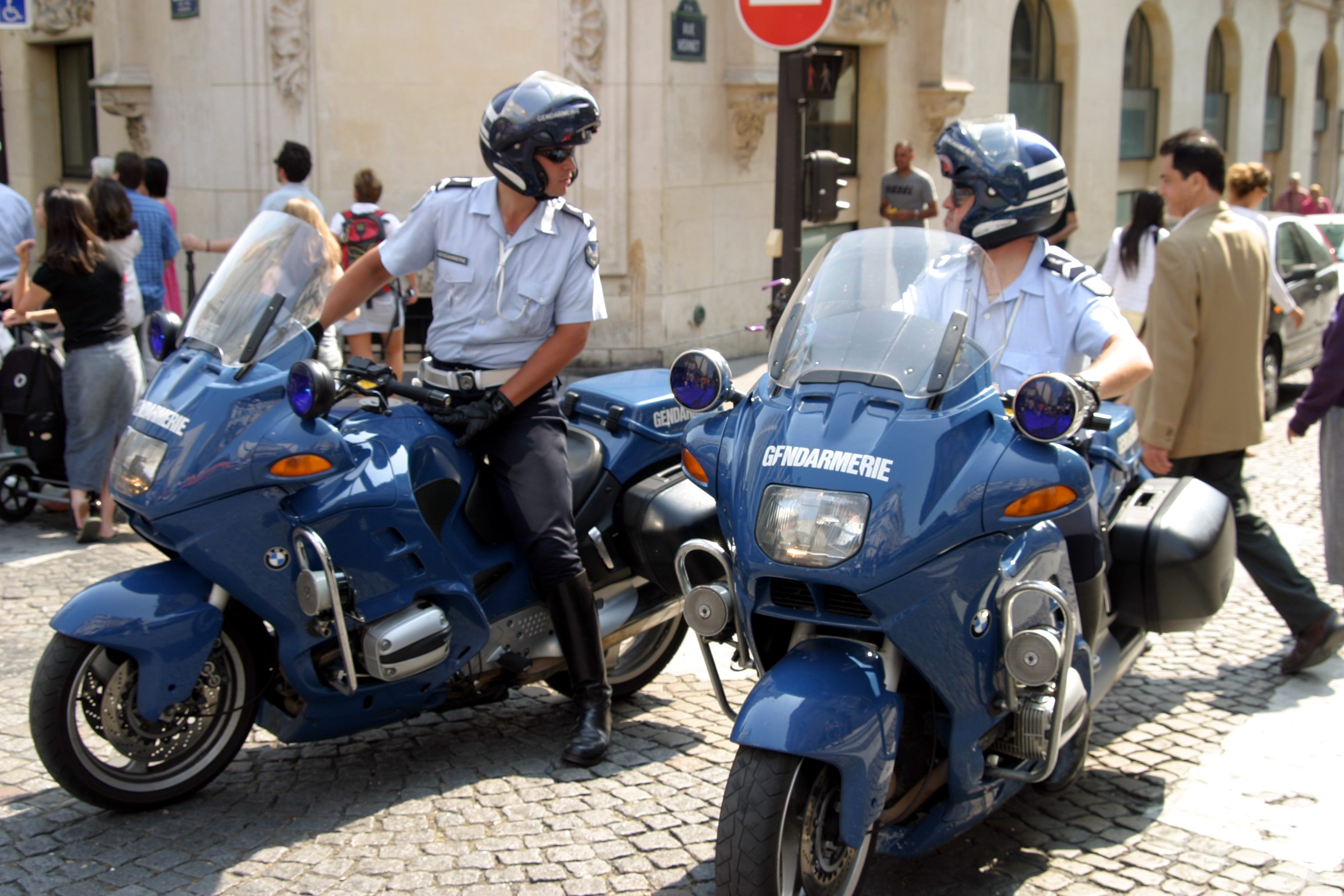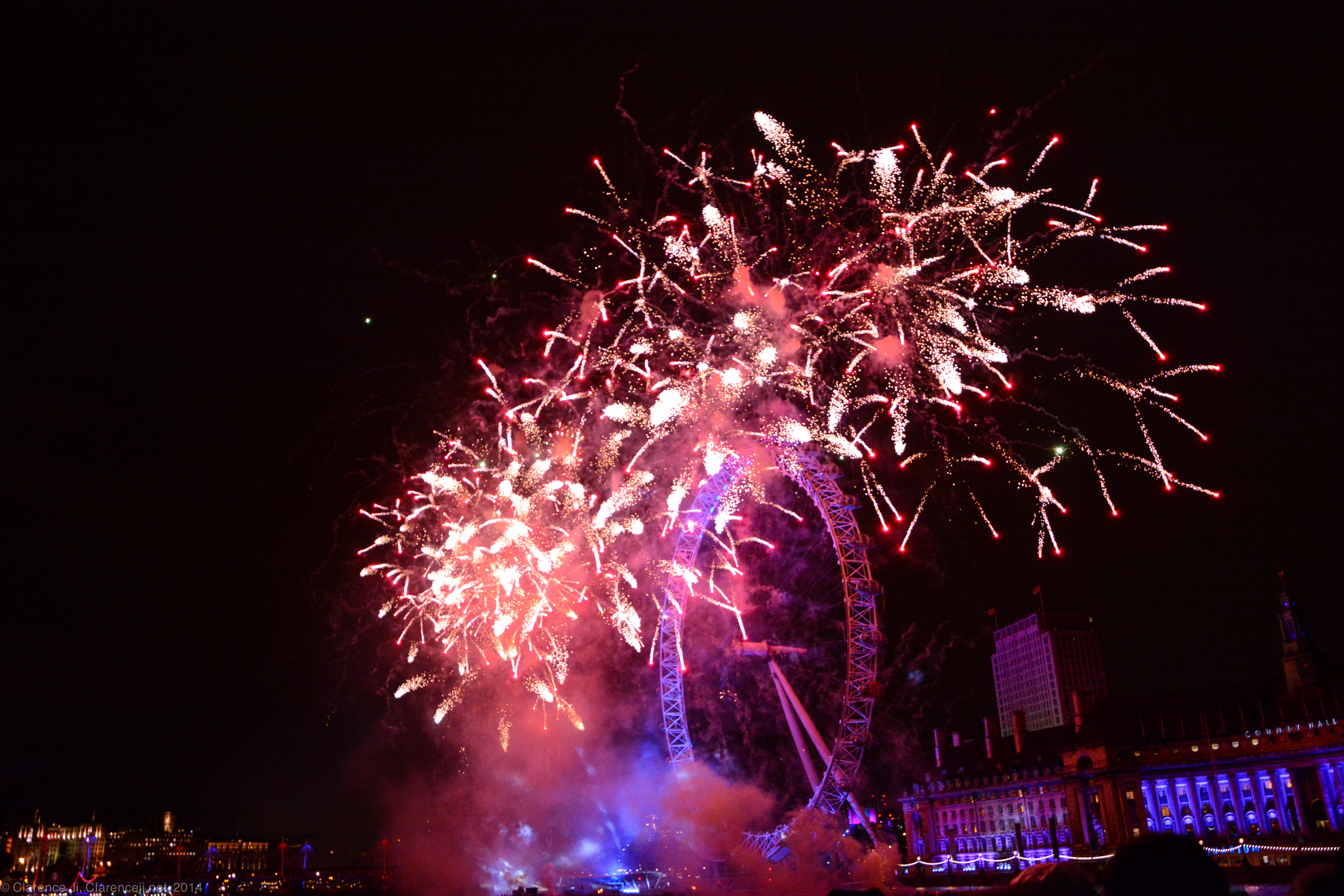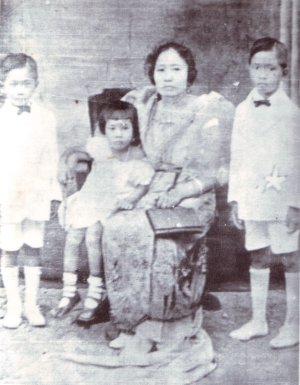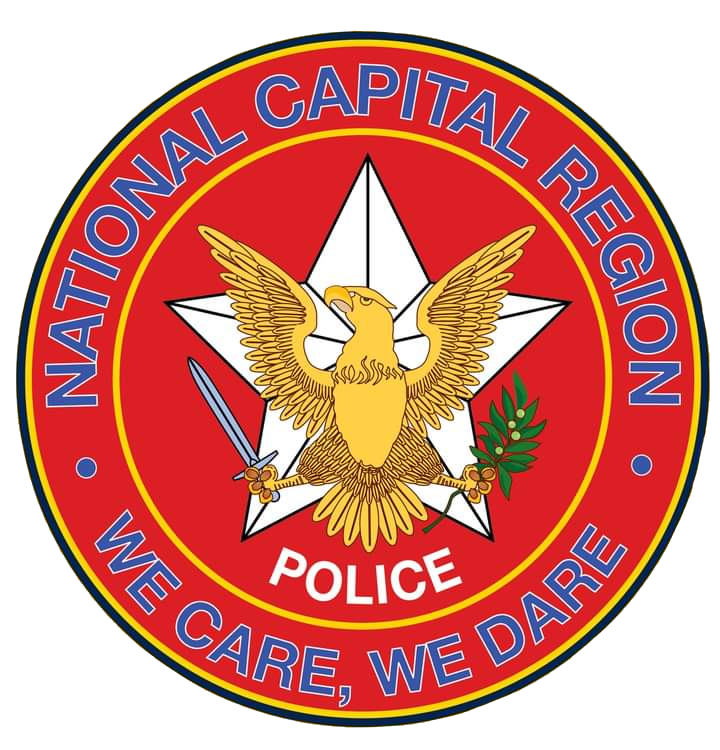|
Integrated National Police
The Integrated National Police (INP) (Filipino: ''Pinagsamang Pulisyáng Pambansà'', ''PPP''; Spanish:''Policía Nacional Conjunto'', ''PNC'') was the municipal police force for the cities and large towns of the Republic of the Philippines. One of two national police forces in the country along with the Philippine Constabulary, it merged with the latter in 1991 to form the present Philippine National Police. Development Until the mid-1970s, the independent city and municipal police forces took charge of maintaining peace and order on a local level, and when necessary was reinforced by the Philippine Constabulary, the national gendarmerie that was a major branch of the Armed Forces of the Philippines. The National Police Commission was established in 1966 to improve the professionalism and training of local police and exercised some supervisory authority over the police. During martial law in the Philippines under President Ferdinand Marcos, several presidential decrees were ... [...More Info...] [...Related Items...] OR: [Wikipedia] [Google] [Baidu] |
Philippine Constabulary
The Philippine Constabulary (PC; tl, Hukbóng Pamayapà ng Pilipinas, ''HPP''; es, Policía de Filipinas, ''PF'') was a gendarmerie-type police force of the Philippines from 1901 to 1991, and the predecessor to the Philippine National Police. It was created by the American colonial government to replace the Spanish colonial Guardia Civil, happened on the 19th century history of the Philippines. It was the first of the four branches of the Armed Forces of the Philippines. On January 29, 1991, it was merged with the Integrated National Police to form the Philippine National Police. History The Philippine Constabulary (PC) was established on August 18, 1901, under the general supervision of the civil Governor-General of the Philippines, by the authority of Act. No. 175 of the Second Philippine Commission, to maintain peace, law, and order in the various provinces of the Philippine Islands. By the end of 1901, a total of 180 officers had been commissioned.. The consta ... [...More Info...] [...Related Items...] OR: [Wikipedia] [Google] [Baidu] |
Gendarmerie
Wrong info! --> A gendarmerie () is a military force with law enforcement duties among the civilian population. The term ''gendarme'' () is derived from the medieval French expression ', which translates to " men-at-arms" (literally, "armed people"). In France and some Francophone nations, the gendarmerie is a branch of the armed forces that is responsible for internal security in parts of the territory (primarily in rural areas and small towns in the case of France), with additional duties as military police for the armed forces. It was introduced to several other Western European countries during the Napoleonic conquests. In the mid-twentieth century, a number of former French mandates and colonial possessions (such as Lebanon, Syria, the Ivory Coast and the Republic of the Congo) adopted a gendarmerie after independence. A similar concept exists in Eastern Europe in the form of Internal Troops, which are present in many countries of the former Soviet Union and its ... [...More Info...] [...Related Items...] OR: [Wikipedia] [Google] [Baidu] |
New Year's Day
New Year's Day is a festival observed in most of the world on 1 January, the first day of the year in the modern Gregorian calendar. 1 January is also New Year's Day on the Julian calendar, but this is not the same day as the Gregorian one. Whilst most solar calendars (like the Gregorian and Julian) begin the year regularly at or near the northern winter solstice, cultures that observe a lunisolar or lunar calendar celebrate their New Year (such as the Chinese New Year and the Islamic New Year) at less fixed points relative to the solar year. In pre-Christian Rome under the Julian calendar, the day was dedicated to Janus, god of gateways and beginnings, for whom January is also named. From Roman times until the middle of the 18th century, the new year was celebrated at various stages and in various parts of Christian Europe on 25 December, on 1 March, on 25 March and on the movable feast of Easter. In the present day, with most countries now using the Gregorian calendar ... [...More Info...] [...Related Items...] OR: [Wikipedia] [Google] [Baidu] |
Philippine Constabulary Metropolitan Command
The Philippine Constabulary (PC) Metropolitan Command or MetroCom ( es, Comando Metropolitana de la Constabularia Filipina, COMMET) was created pursuant to Executive Order of President Ferdinand Marcos on 14 July 1967 to supplement police forces within the Greater Manila Area and combat all forms of criminal activity. Establishment and mission In the late 1960s, mobile patrol coverage of the metropolitan Manila area was considered inadequate due to increasing crime which strained the capabilities of the local police forces. On 14 July 1967, President Ferdinand Marcos directed the organization of a special force to be known as the PC Metropolitan Command (MetroCom). It was to operate in the City of Manila, Quezon City, Caloocan and Pasay, and in the municipalities of Las Piñas, Malabon, Marikina, Makati, Mandaluyong, Navotas, Parañaque, Pasig, Pateros, San Juan, and Taguig. As crime continued to increase and become more severe in the greater Manila area, and smuggling and illegal ... [...More Info...] [...Related Items...] OR: [Wikipedia] [Google] [Baidu] |
Military Ranks Of The Philippines
The Military ranks of Philippines are the military insignia used by the Armed Forces of the Philippines. Introduction The current Philippine military ranks are inspired partially by the very first military insignia used by the military forces during the Philippine Revolution of 1896 and the Philippine–American War, and the insignia used by the Philippine Constabulary raised in 1902 during the final days of the Philippine–American War, which was basically the same style of insignia used by the United States Army at that time. Elements of both the US army ranks and the old Philippine Army appear in the current ranks; this was reflected at the general officers insignia and enlisted ranks that resembled those of the US military (the silver stars used by generals and admirals were used by field grade officers in the First Republic), the field officers ike colonels whose insignia are suns, use those insignia used by general officers of the Revolutionary Army. Company rank insig ... [...More Info...] [...Related Items...] OR: [Wikipedia] [Google] [Baidu] |
Ferdinand Marcos
Ferdinand Emmanuel Edralin Marcos Sr. ( , , ; September 11, 1917 – September 28, 1989) was a Filipino politician, lawyer, dictator, and kleptocrat who was the 10th president of the Philippines from 1965 to 1986. He ruled under martial law from 1972 until 1981 p. 189. and kept most of his martial law powers until he was deposed in 1986, branding his rule as "constitutional authoritarianism" under his Kilusang Bagong Lipunan (New Society Movement). One of the most controversial leaders of the 20th century, Marcos's rule was infamous for its corruption, extravagance, and brutality. Marcos gained political success by claiming to have been the "most decorated war hero in the Philippines", but many of his claims have been found to be false, with United States Army documents describing his wartime claims as "fraudulent" and "absurd". After World War II, he became a lawyer then served in the Philippine House of Representatives from 1949 to 1959 and the Philippine Senate from ... [...More Info...] [...Related Items...] OR: [Wikipedia] [Google] [Baidu] |
Armed Forces Of The Philippines
The Armed Forces of the Philippines (AFP) ( fil, Sandatahang Lakas ng Pilipinas) are the military forces of the Philippines. It consists of three main service branches; the Army, the Air Force, and the Navy (including the Marine Corps). The President of the Philippines is the Commander-in-Chief of the AFP and forms military policy with the Department of National Defense, an executive department acting as the principal organ by which military policy is carried out, while the Chief of Staff of the Armed Forces of the Philippines serves as the overall commander and the highest-ranking officer in the AFP. Founded under the National Defense Act of 1935, while tracing its roots to the Philippine Revolutionary Army, the AFP has played an integral part in the country's history. The AFP has also been involved in various conflicts, such as combatting rebellion against the Communist Party of the Philippines (CPP) and it's attached organizations, the New People's Army (NPA) and the Nati ... [...More Info...] [...Related Items...] OR: [Wikipedia] [Google] [Baidu] |
Police
The police are a constituted body of persons empowered by a state, with the aim to enforce the law, to ensure the safety, health and possessions of citizens, and to prevent crime and civil disorder. Their lawful powers include arrest and the use of force legitimized by the state via the monopoly on violence. The term is most commonly associated with the police forces of a sovereign state that are authorized to exercise the police power of that state within a defined legal or territorial area of responsibility. Police forces are often defined as being separate from the military and other organizations involved in the defense of the state against foreign aggressors; however, gendarmerie are military units charged with civil policing. Police forces are usually public sector services, funded through taxes. Law enforcement is only part of policing activity. Policing has included an array of activities in different situations, but the predominant ones are concerned with the pre ... [...More Info...] [...Related Items...] OR: [Wikipedia] [Google] [Baidu] |
Philippine National Police
The Philippine National Police ( fil, Pambansang Pulisya ng Pilipinas, acronymed as PNP) is the armed national police force in the Philippines. Its national headquarters is located at Camp Crame in Bagong Lipunan ng Crame, Quezon City. Currently, it has approximately 220,000 personnel to police a population in excess of 100 million. The agency is administered and controlled by the National Police Commission and is part of the Department of the Interior and Local Government (DILG). Local police officers are operationally controlled by municipal mayors. DILG, on the other hand, organizes, trains and equips the PNP for the performance of police functions as a police force that is national in scope and civilian in character. The PNP was formed on January 29, 1991, when the Philippine Constabulary and the Integrated National Police were merged pursuant to Republic Act 6975 of 1990. [...More Info...] [...Related Items...] OR: [Wikipedia] [Google] [Baidu] |
Republic Of The Philippines
The Philippines (; fil, Pilipinas, links=no), officially the Republic of the Philippines ( fil, Republika ng Pilipinas, links=no), * bik, Republika kan Filipinas * ceb, Republika sa Pilipinas * cbk, República de Filipinas * hil, Republika sang Filipinas * ibg, Republika nat Filipinas * ilo, Republika ti Filipinas * ivv, Republika nu Filipinas * pam, Republika ning Filipinas * krj, Republika kang Pilipinas * mdh, Republika nu Pilipinas * mrw, Republika a Pilipinas * pag, Republika na Filipinas * xsb, Republika nin Pilipinas * sgd, Republika nan Pilipinas * tgl, Republika ng Pilipinas * tsg, Republika sin Pilipinas * war, Republika han Pilipinas * yka, Republika si Pilipinas In the recognized optional languages of the Philippines: * es, República de las Filipinas * ar, جمهورية الفلبين, Jumhūriyyat al-Filibbīn is an archipelagic country in Southeast Asia. It is situated in the western Pacific Ocean and consists of around 7,641 islands t ... [...More Info...] [...Related Items...] OR: [Wikipedia] [Google] [Baidu] |
Municipalities Of The Philippines
A municipality ( tl, bayan/munisipalidad; hil, banwa; ceb, lungsod/munisipalidad/munisipyo; pag, baley; pam, balen/balayan; bcl, banwaan; war, bungto/munisipyo; ilo, ili) is a local government unit (LGU) in the Philippines. It is distinct from ''city'', which is a different category of local government unit. Provinces of the Philippines are divided into cities and municipalities, which in turn, are divided into barangays (formerly barrios) – ''villages''. , there are 1,488 municipalities across the country. A municipality is the official term for, and the official local equivalent of, a town, the latter being its archaic term and in all of its literal local translations including Filipino. Both terms are interchangeable. A municipal district is a now-defunct local government unit; previously certain areas were created first as municipal districts before they were converted into municipalities. History The era of the formation of municipalities in the Philippines sta ... [...More Info...] [...Related Items...] OR: [Wikipedia] [Google] [Baidu] |
.png)




